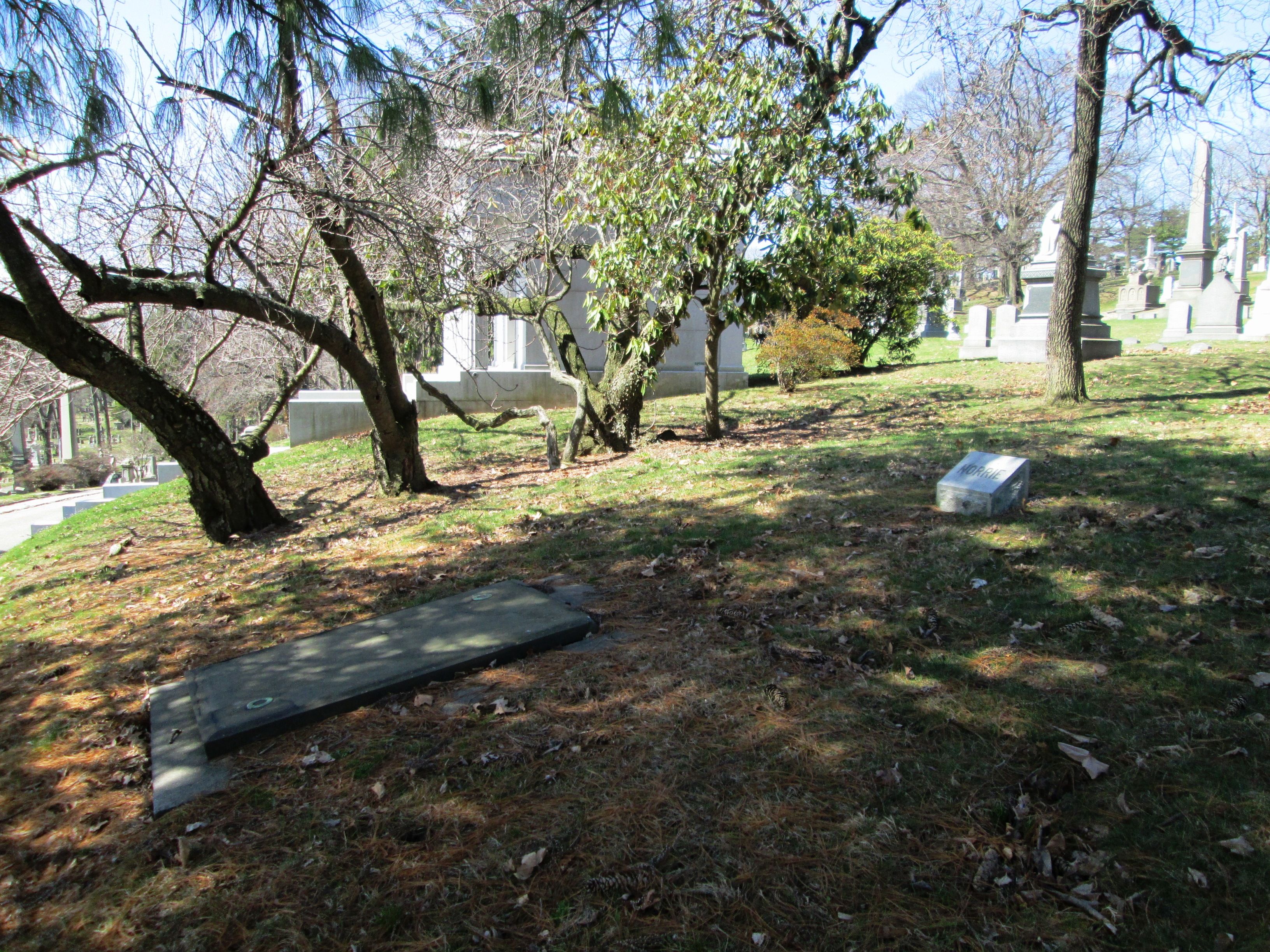http://daytoninmanhattan.blogspot.com about the history of the house at 114 E. 36th St, New York.
"Warren sold the house in 1924 to Dr. Van Horne Norrie. A bachelor, he was among the most respected of New York physicians. For years he was a member of the faculty of Columbia University as Professor of Clinical Medical and had risen to the position of Chairman of the Executive Committee of the Medical Board of Bellevue Hospital. The New York Times called him “one of the leading diagnosticians in the city.”
Norrie lived quietly in the house for nine years. He filled the house with a valuable art collection. Unlike many millionaires of the period, Norrie turned away from collecting old oils; preferring instead etchings, sketches and prints. Among the works that decorated his walls was Whistler’s etching “The Kitchen".
Just after New Year's Day in 1933 Dr. Norrie was confined to the house with heart trouble. He died here four weeks later, on January 31, at the age of 71. His $2.5 million estate was divided among charities such as the New York Public Library, and his four relatives; a sister, two nieces and a nephew.
No. 114 was valued at $80,000 (around $1.5 million today) and was left to the doctor’s nephew, Lanfear Barbey Norrie. A mining engineer and minerals prospector he followed in the footsteps of his father, A. Lanfear Norrie. The senior Norrie had famously discovered the iron ore of the Gogebic range of upper Michigan. The Norrie mine was considered, around the turn of the century, to be the greatest iron mine in the world.
Like his uncle, Lanfear Norrie lived on inconspicuously in the grand home. Unlike the residents before the Norries, he hosted no spectacular parties with guests lists plastered throughout the social pages of the newspapers. He lived here for four decades, leaving in the mid 1970s."
http://daytoninmanhattan.blogspot.com about the history of the house at 114 E. 36th St, New York.
"Warren sold the house in 1924 to Dr. Van Horne Norrie. A bachelor, he was among the most respected of New York physicians. For years he was a member of the faculty of Columbia University as Professor of Clinical Medical and had risen to the position of Chairman of the Executive Committee of the Medical Board of Bellevue Hospital. The New York Times called him “one of the leading diagnosticians in the city.”
Norrie lived quietly in the house for nine years. He filled the house with a valuable art collection. Unlike many millionaires of the period, Norrie turned away from collecting old oils; preferring instead etchings, sketches and prints. Among the works that decorated his walls was Whistler’s etching “The Kitchen".
Just after New Year's Day in 1933 Dr. Norrie was confined to the house with heart trouble. He died here four weeks later, on January 31, at the age of 71. His $2.5 million estate was divided among charities such as the New York Public Library, and his four relatives; a sister, two nieces and a nephew.
No. 114 was valued at $80,000 (around $1.5 million today) and was left to the doctor’s nephew, Lanfear Barbey Norrie. A mining engineer and minerals prospector he followed in the footsteps of his father, A. Lanfear Norrie. The senior Norrie had famously discovered the iron ore of the Gogebic range of upper Michigan. The Norrie mine was considered, around the turn of the century, to be the greatest iron mine in the world.
Like his uncle, Lanfear Norrie lived on inconspicuously in the grand home. Unlike the residents before the Norries, he hosted no spectacular parties with guests lists plastered throughout the social pages of the newspapers. He lived here for four decades, leaving in the mid 1970s."
Family Members
Sponsored by Ancestry
Advertisement
Explore more
Sponsored by Ancestry
Advertisement











